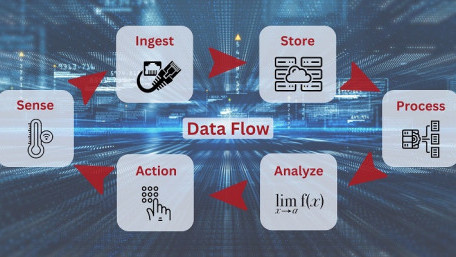
To transfer data from a local spreadsheet to a database to create visual dashboards, we must now define the outbound integration to the PostgreSQL database…
To transfer data from a local spreadsheet to a database to create visual dashboards, we must now define the outbound integration to the PostgreSQL database through the mage.ai editor.

In this article, we will explore the inbound integration to the mage.ai pipeline, connecting to the spreadsheet data…
In this article, we will explore the inbound integration to the mage.ai pipeline, connecting to the spreadsheet data source using the Google Sheets API through a JSON credentials file.

All of modern industry relies on data. In the first installment of a series showcasing the importance of industrial data…
All of modern industry relies on data. In the first installment of a series showcasing the importance of industrial data movement, we explain the challenge of data flow and build a fault list.

Power systems rely on meaningful data, as do most other processes. Within SCADA environments, individual data points are…
Power systems rely on meaningful data, as do most other processes. Within SCADA environments, individual data points are tracked, compared to limits, and evaluated to obtain current readings.
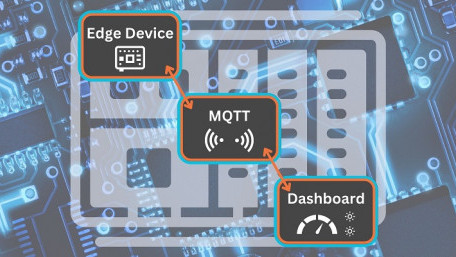
In this final installment of the IIoT tech stack project, learn how to design the customer-facing dashboard or…
In this final installment of the IIoT tech stack project, learn how to design the customer-facing dashboard or observability platform using the data acquired from the MQTT client device.

As we approach the conclusion of this IIoT project, we’ll explore the integration of the Mosquitto MQTT broker,…
As we approach the conclusion of this IIoT project, we’ll explore the integration of the Mosquitto MQTT broker, Node-RED, and InfluxDB, leaving only the data dashboard setup for the final step.

This article will explore the setup of Node-RED, the glue that will serve to connect all of the individual components of…
This article will explore the setup of Node-RED, the glue that will serve to connect all of the individual components of the solution that we have created up to this point.

Continuing the real-world IIoT project, learn how to begin integrating the Raspberry Pi with the Mosquitto Broker and…
Continuing the real-world IIoT project, learn how to begin integrating the Raspberry Pi with the Mosquitto Broker and understand Docker networks and port binding.

Learn to develop an actual IoT solution end to end. Create a Mosquitto MQTT broker for the Raspberry Pi client in order…
Learn to develop an actual IoT solution end to end. Create a Mosquitto MQTT broker for the Raspberry Pi client in order to connect and publish Sense HAT sensor data.
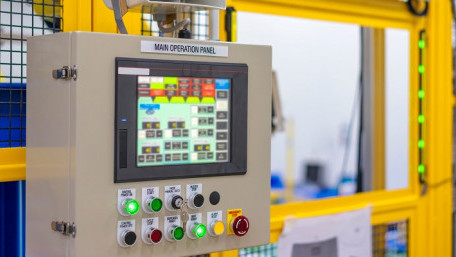
An overview of HMI data types, input controls, output indicators, and message functions, the building blocks used to…
An overview of HMI data types, input controls, output indicators, and message functions, the building blocks used to construct informative and appealing HMI applications.
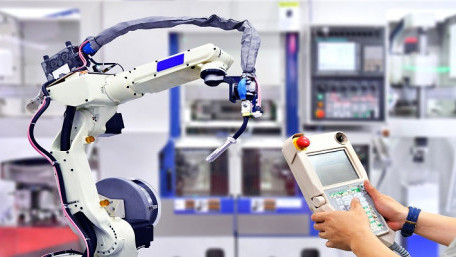
Innovation has a single purpose: to create better solutions, meaning more efficient output with faster development and…
Innovation has a single purpose: to create better solutions, meaning more efficient output with faster development and troubleshooting. It starts with the strategies used to program machines.
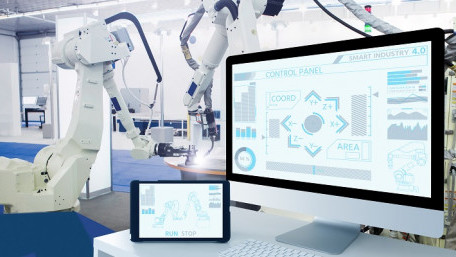
Taking web-based HMI design from a simulated project to the real-world environment. Part 1 introduces tag instances and…
Taking web-based HMI design from a simulated project to the real-world environment. Part 1 introduces tag instances and attributes.

PygWalker is a useful tool to visualize data, with advanced features to make the data more constructive. This tutorial…
PygWalker is a useful tool to visualize data, with advanced features to make the data more constructive. This tutorial continues using the milling machine predictive maintenance dataset.
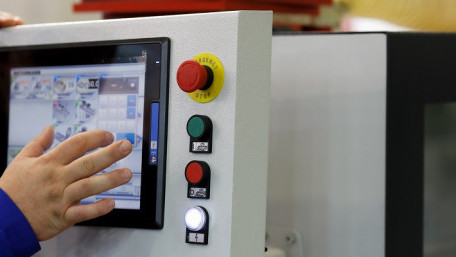
Designing a control system is a difficult task in itself, but designing the graphical interface for an everyday user can…
Designing a control system is a difficult task in itself, but designing the graphical interface for an everyday user can be a very different kind of challenge that involves mental and physical considerations.
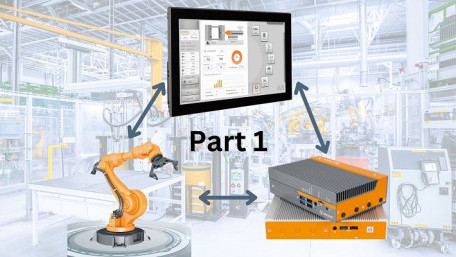
A walkthrough and discussion of a simple web-based HMI solution that could modernize your current HMI technology stack.…
A walkthrough and discussion of a simple web-based HMI solution that could modernize your current HMI technology stack. The first step in the process involves sending data from a device to a server.
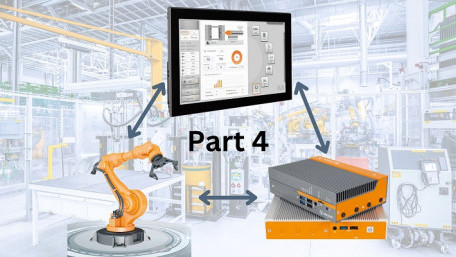
Refining and integrating a front-end HMI application to an API middle layer with real-time data display and historian…
Refining and integrating a front-end HMI application to an API middle layer with real-time data display and historian capabilities for short-term data visualization.
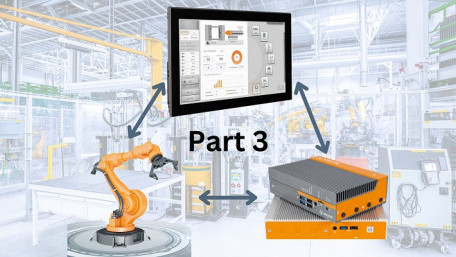
Learn the first steps in focusing on the integration of a front-end HMI application to an API middle layer.
Learn the first steps in focusing on the integration of a front-end HMI application to an API middle layer.
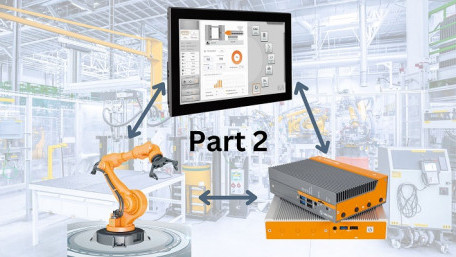
The middle layer, or API layer of a custom-built HMI project involves a server that can submit or receive data to and…
The middle layer, or API layer of a custom-built HMI project involves a server that can submit or receive data to and from a device, either to provide the user interface or interact with the machine.
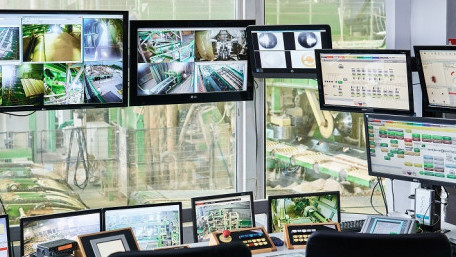
What are these terms, PLC, PAC, RTU, DCS, SCADA? Why are they so important to industrial robotics and automation? Explore…
What are these terms, PLC, PAC, RTU, DCS, SCADA? Why are they so important to industrial robotics and automation? Explore how each different piece functions to build a comprehensive automated system.

An introduction to the various tag types used within one of the leading supervisory control and data acquisition (SCADA)…
An introduction to the various tag types used within one of the leading supervisory control and data acquisition (SCADA) software powering IIoT, HMI, and I4.0 applications: Ignition by Inductive Automation.
